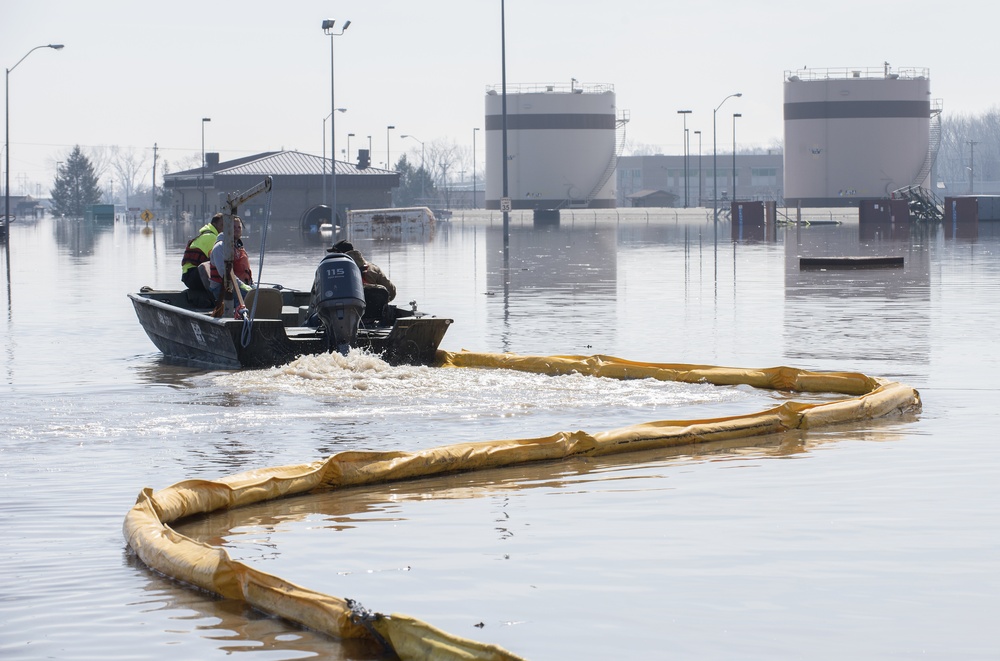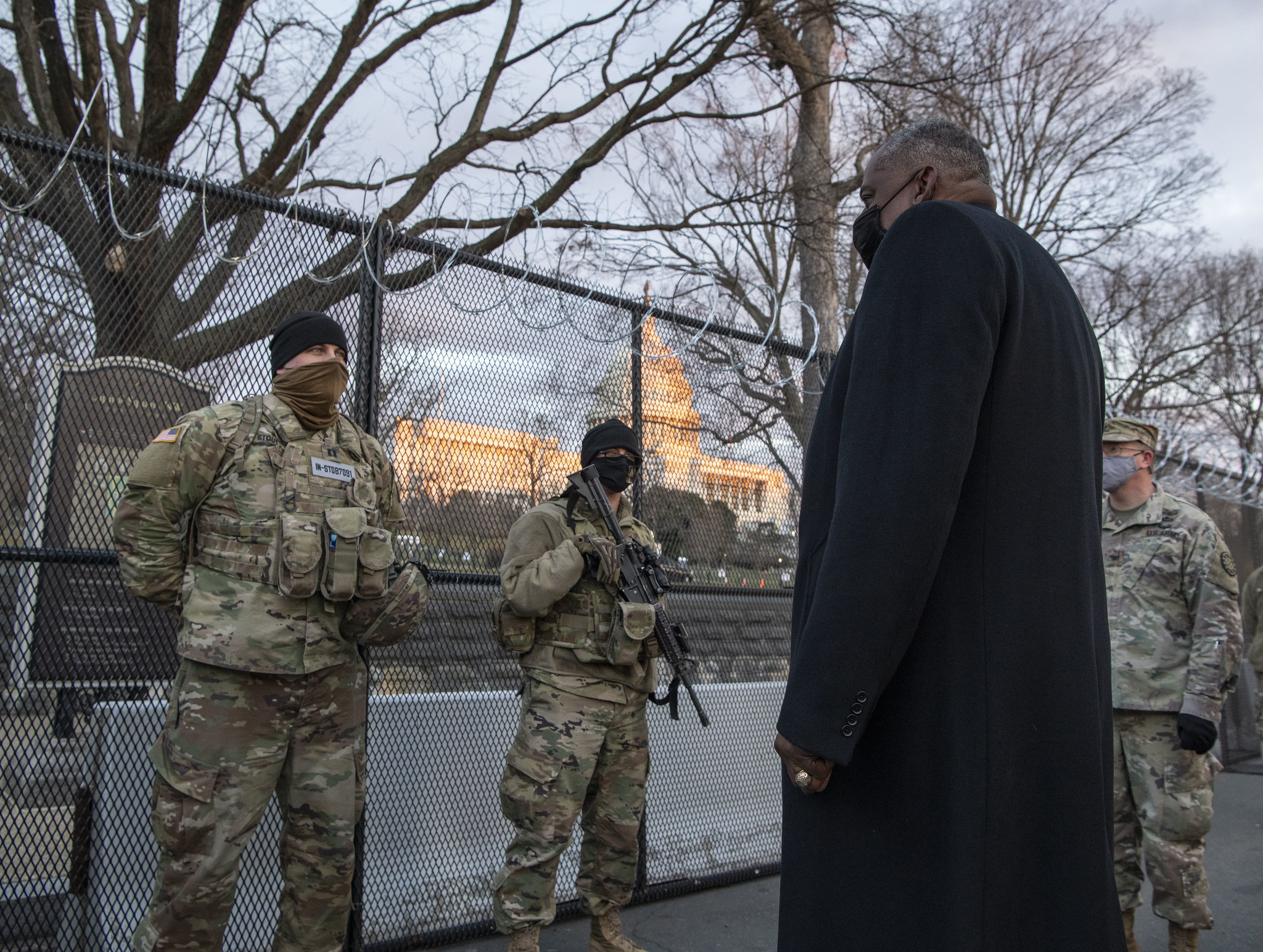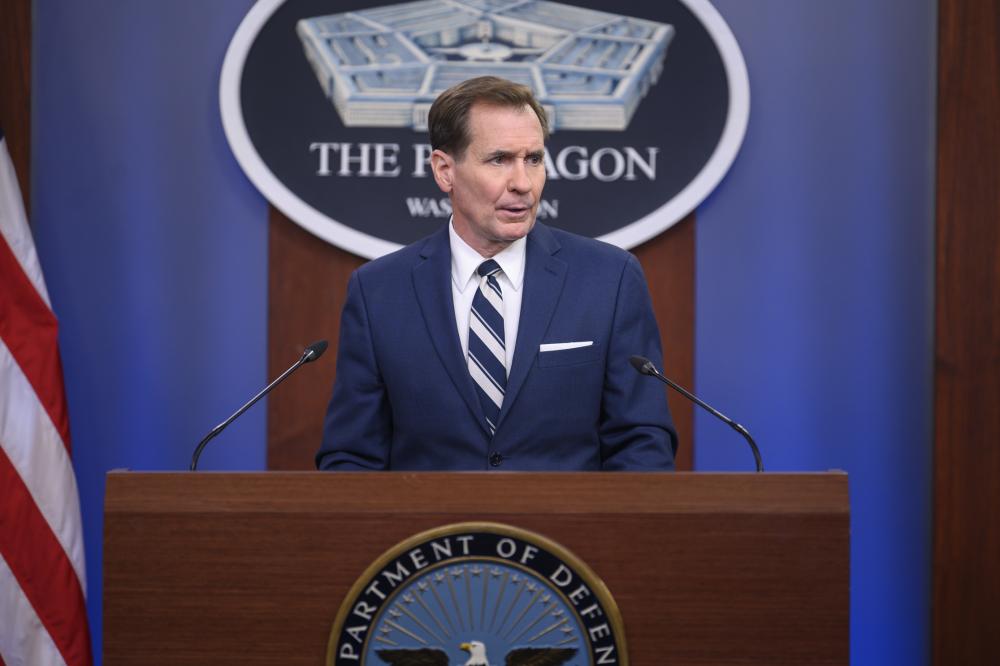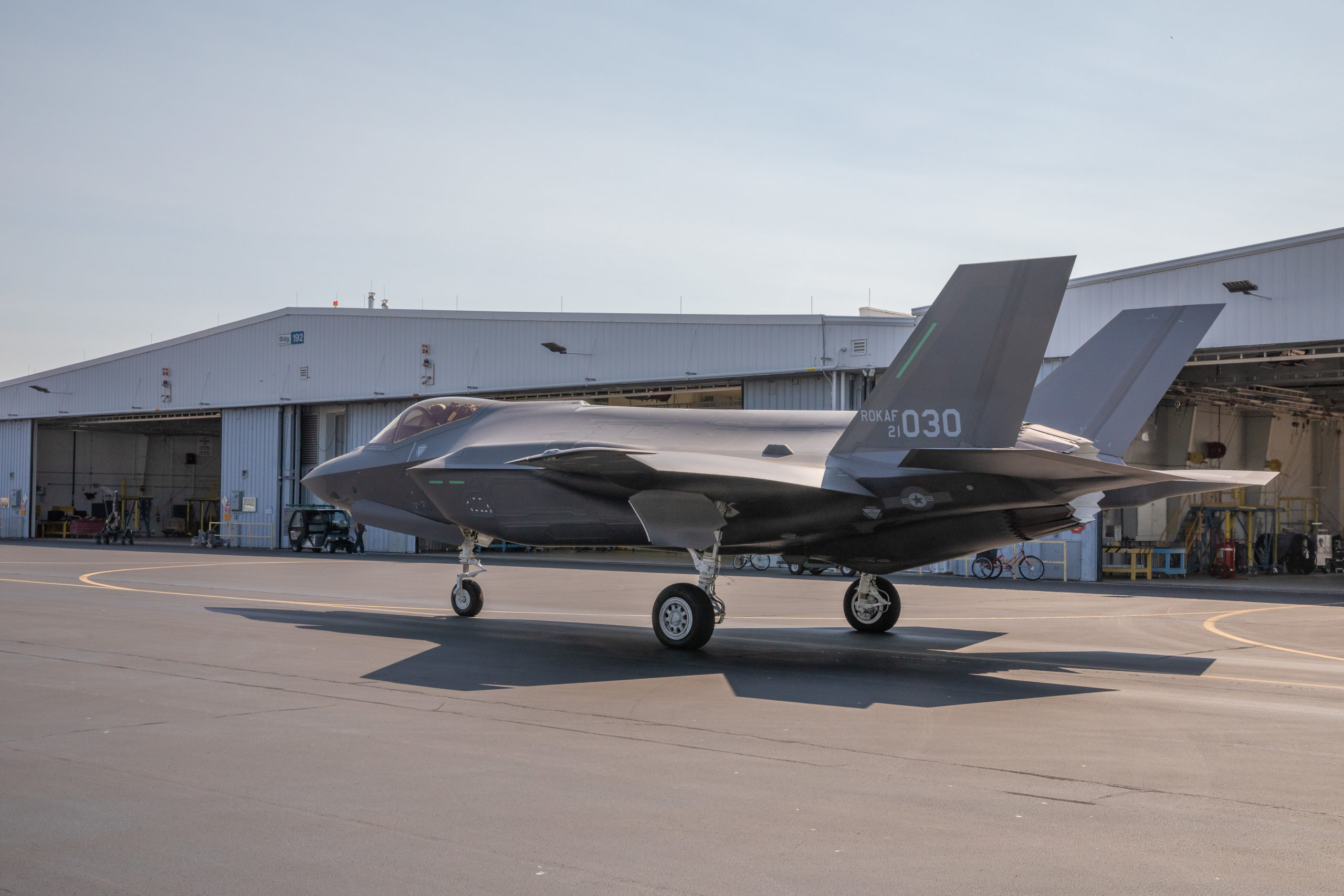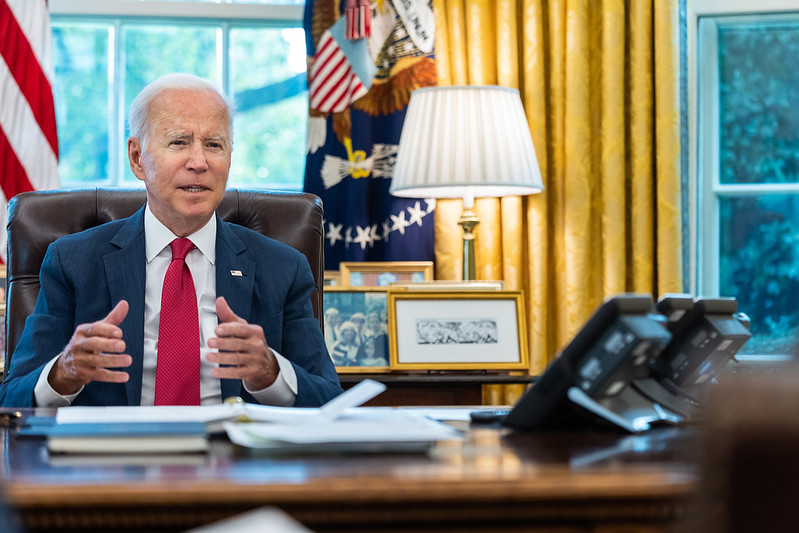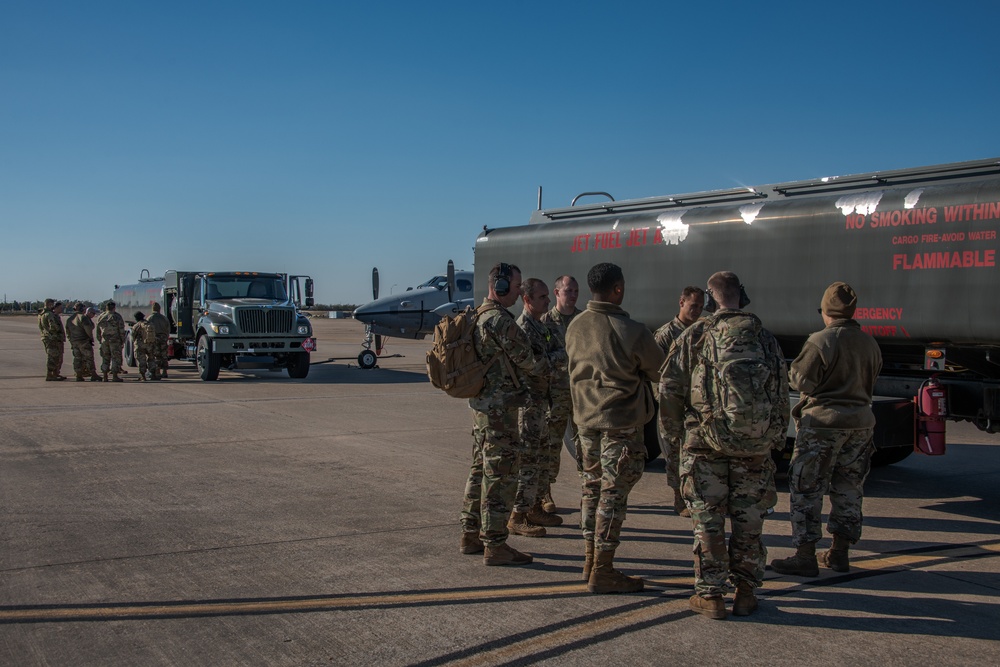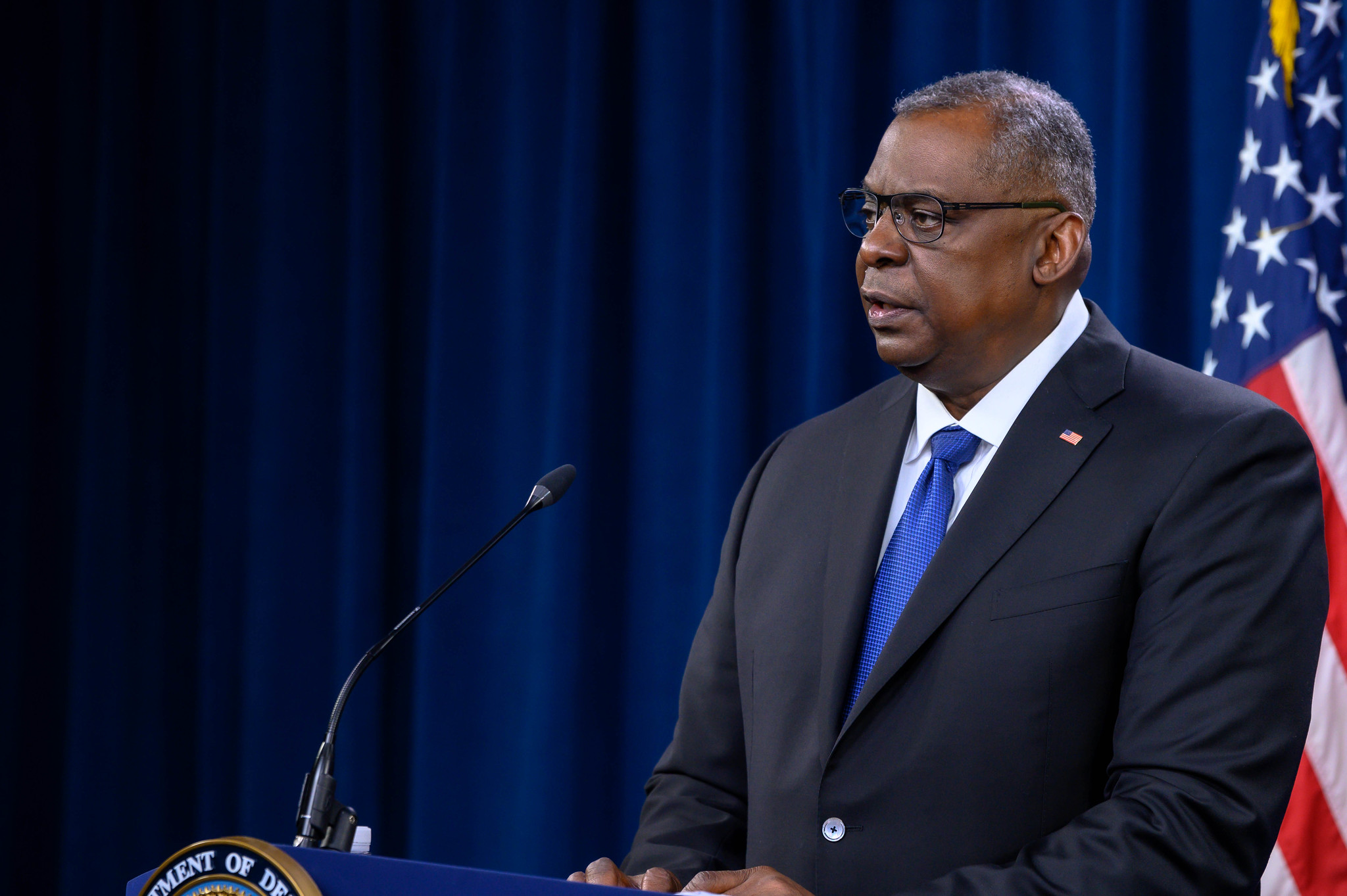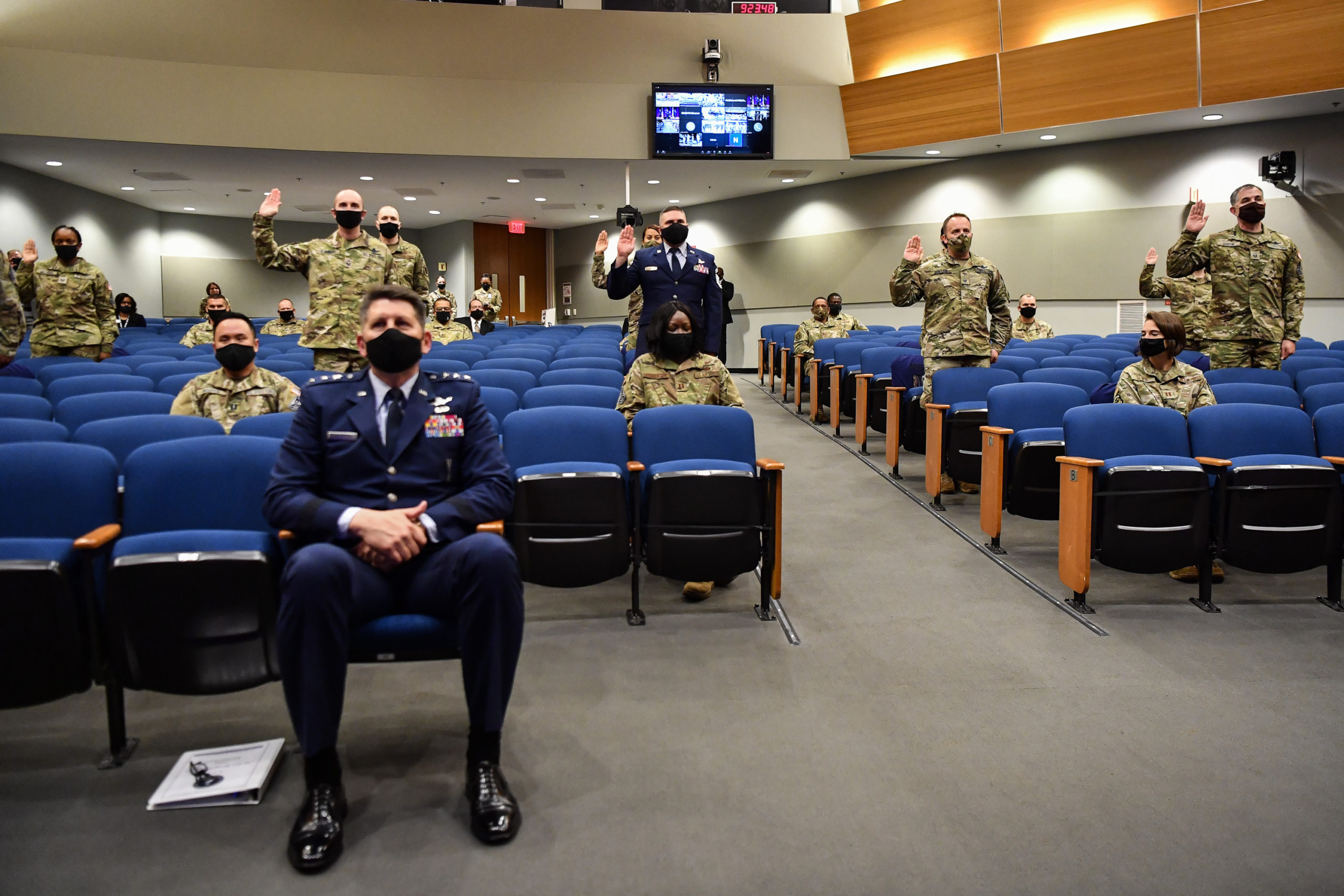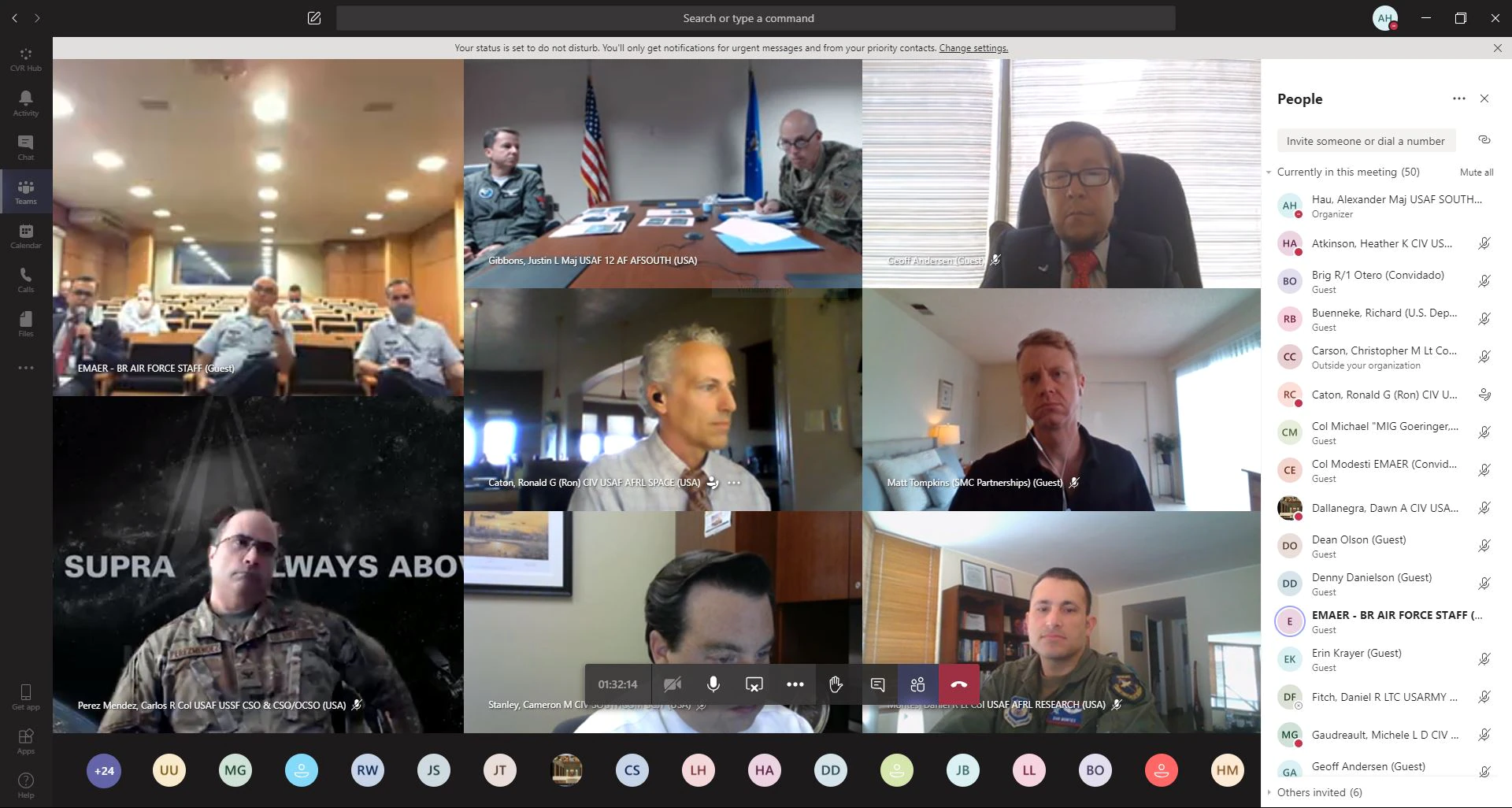Inflation, imperfect early estimates, and rising construction costs associated with the COVID-19 pandemic have combined to significantly raise the expected cost of rebuilding Offutt Air Force Base from the floods of 2019, said the Nebraska lawmaker who represents the base in Congress.
In an interview, Rep. Don Bacon (R-Neb.)—a retired USAF brigadier general—said the new estimate is between $1.1 billion and $1.2 billion. That’s roughly $300 million more than currently authorized by Congress for the base’s reconstruction.
It’s not the first time estimates of the rebuilding cost have risen. In the months after heavy rainfall and melting snow combined to flood the Missouri River and cover one-third of Offutt, including the runway, projections put the reconstruction at more than $650 million. That number then rose to $790 million, with the base’s commander warning it could go even higher.
There are multiple reasons for these increases, Bacon said, citing discussions he has had with base leaders.
“Those floods occurred in March [2019], and [Congress members] did the markup that spring. We sort of pushed the 55th Wing team to give us an estimate, because I wanted to get some of that money in the NDAA, and we ended up getting just under $800 million for Offutt through that 2019 markup. … But since then, between inflation and—I would say they did the best they could on the estimate—but as they scoped it out more, they realized it was going to be more. On top of that, you’ve got building costs going up,” Bacon said.
Knowing the base needed more funds to rebuild, Bacon and other Nebraska lawmakers pushed for an extra $100 million in the 2022 NDAA. That leaves, he said, “probably about $300 million more to do in the next year or two.”
Bacon declined to speculate on whether the cost might continue to rise in the years ahead, noting the extent of the destruction caused by the floods and the extra steps the Air Force is taking in rebuilding. But he did indicate that he would support whatever funding is necessary.
“I know the wing commander and the folks working. I know they’re doing their very best to get it right,” Bacon said. “I want to have a strong Offutt Air Force Base. STRATCOM headquarters is important to America’s security. They’re one of the biggest reconnaissance wings in the Air Force. It’s the second-largest employer for Nebraska. And I’ll just be blunt about it: I’m going to be a guardian angel for that base.”
Bacon has a long history with Offutt, dating back to the early days of his career as an Air Force officer. He first served at Offutt from 1986 to 1990, returned from 1998 to 2000, and went back once more as commander of the 55th Wing in 2011-2012.
And as wing commander, Bacon witnessed firsthand a precursor to the 2019 floods. In 2011, floodwaters crept to within 50 feet of the base’s runway. During his time in the Air Force, he said, it became clear that the base was in need of repairs even before the destruction of 2019.
“I was a base commander at Ramstein, base commander at Offutt, worked at the Pentagon as a general. Offutt had been falling behind repairs, I would say, for a while,” Bacon said. “So I see this as an opportunity to get Offutt to be state of the art. And I’d love to see it be the flagship for the United States Air Force.”
A member of Congress since 2017, Bacon said he’s been pleased to see that the 2019 floods haven’t affected Offutt’s operational readiness. But the real impact, he said, has been on morale. Because of damage to facilities in the flood, some units have had to relocate to a World War II-era bomber plant with questionable safety.
“A lot of these folks are operating in a place that was actually built as an airplane factory. The plan is to tear that building down at some point.,” Bacon said. “So you’ve got hundreds, I don’t know the exact number, but hundreds upon hundreds of people working in decrepit facilities, and so we need to get them out of there and get them a better work environment. I think it’s good for the morale. I think their work productivity will go up. And [if] we want to retain America’s best, give them a good working condition.”
